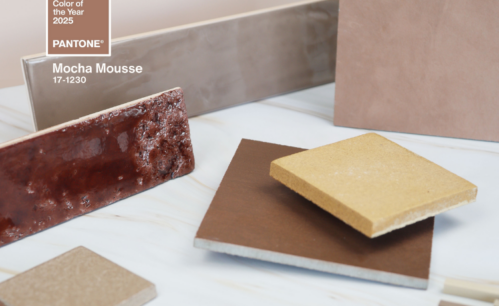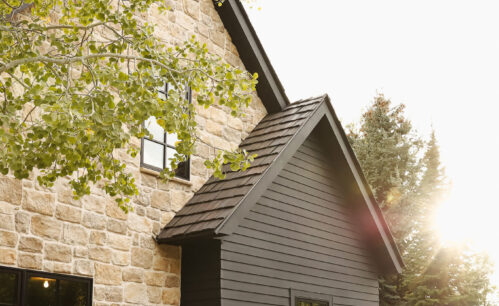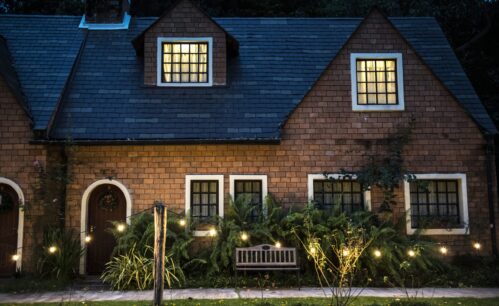Articles
Thin Brick 101
Thin brick is a timeless building material that can add charm to any project — commercial or residential.
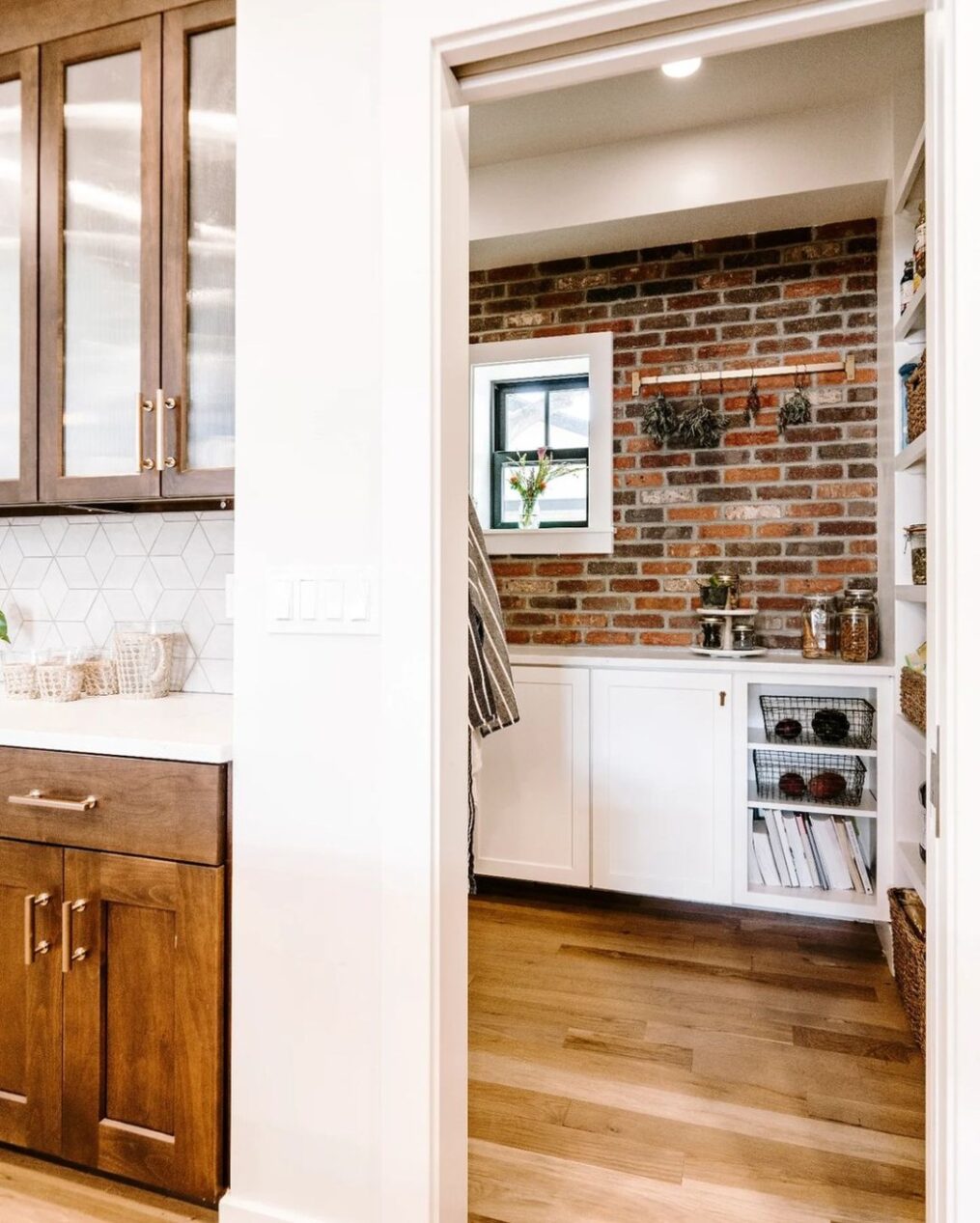
What is Thin Brick?
Once installed, a thin brick looks like a regular, full-size brick, however, the brick itself is thinner, having less depth and weight than a traditional full brick. These bricks may also be referred to as thin veneer brick and they typically have a maximum thickness of 1 ¾”. A full brick may be more ideal for building a new structure, whereas a thin brick could be more beneficial to use on an existing space.
[View the BIA Technical Notes on Thin Brick – button] link here: https://www.gobrick.com/media/file/28c-thin-brick-veneer.pdf
Why Thin Brick vs. Full Brick?
Thin brick is great for providing a brick look, but without the spatial and structural requirements that a full brick may require. It is a more decorative versus structural brick option. However, thin brick is still durable and can last long periods of time based on the actual brick material quality.
[Learn About Adding Brick Veneer to Existing Construction – button] link here: https://www.gobrick.com/media/file/28a-tn-28a-2020-03.pdf
Like full brick, thin brick offers a variety of color options, finishes, styles, and textures. We always recommend requesting a sample from Hamilton Parker to ensure the color and texture of our current offerings match your needs.
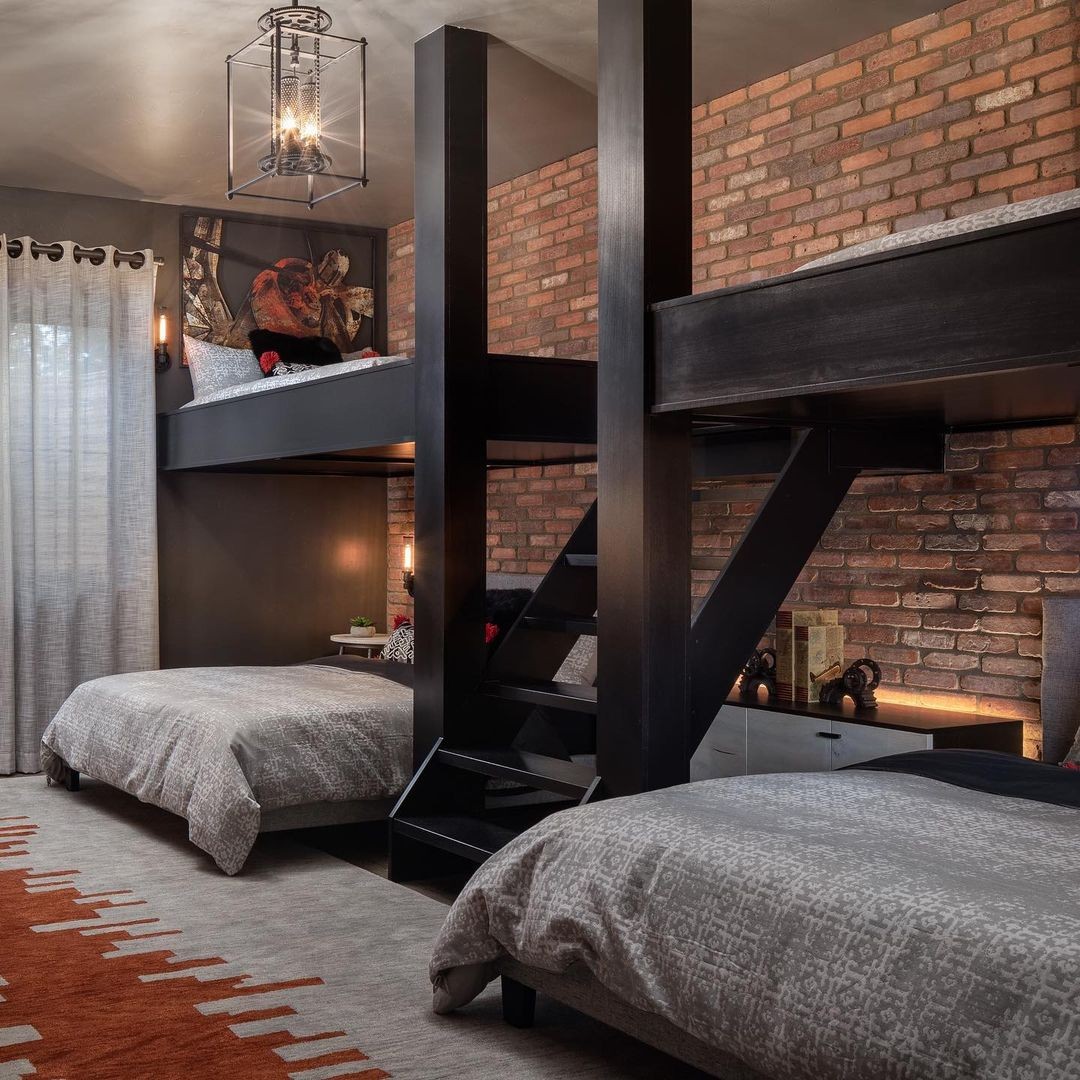
Generally, thin brick can be applied to both interior and exterior surfaces, making it easier to install that most traditional bricks. In addition, because less material is used to create a thin brick versus a full brick, thin brick is often a more cost effective option for buyers.
How Can You Use Thin Brick?
A great solution for renovations, thin brick’s ease and versatility makes it an ideal candidate for remodeling projects, elevating the design of a space quickly and at a potentially lower cost. Thin brick is great for both commercial applications as well as residential settings, especially because it is low maintenance.
Thin bricks can be used for backsplashes, fireplaces, archways, bar surrounds, interior walls, exterior siding, and in some situations for flooring. Styles of thin brick vary greatly and can be rustic and weathered looking, traditional and classic, or more modern and sleek.
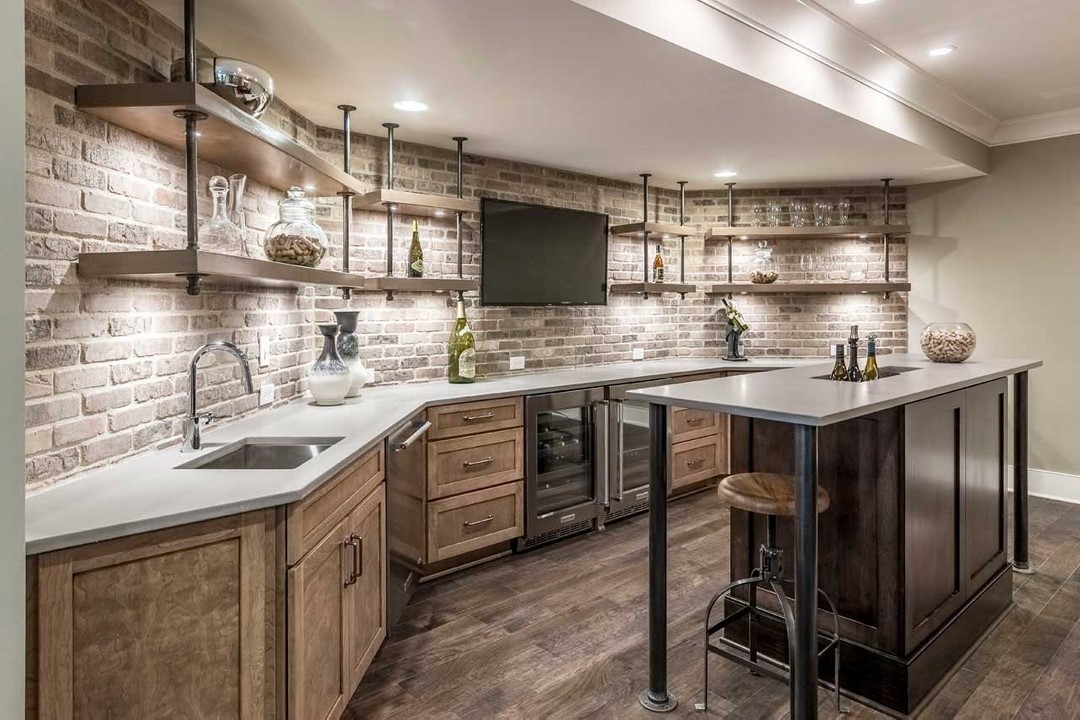
Important Brick Design Elements to Consider
A critical design decision to make when selecting a brick product, is what mortar you want to fill the spaces between the brick. Just like how a pattern or layout of the brick can influence the overall feeling in a space, the mortar color you choose to pair with your brick can change the tone of your installation as well. For example, choosing a contrasting color of mortar in comparison to your brick selection can create a sharper, bolder look, whereas a mortar color more similar to the brick color can create a softer, more subtle look. Mortar colors make up roughly 18-24% of a brick’s wall space, so you’ll want to consider your options carefully.
Hamilton Parker offers a selection of popular, in-stock mortar options to choose from.
